Smart and green cities will be needed to win the battle against climate change. They will also play a key role in meeting the U.N.’s Sustainable Development Goals (SDGs) for 2030. The capital city of Nepal, Kathmandu, is working to make a big contribution to the creation of smart and green cities while advancing critical youth livelihood opportunities.
To this end, a delegation led by Kathmandu Mayor Bidya Shakya will be visiting Washington D.C. and Fredericksburg, Virginia in advance of September’s U.N. General Assembly that will review progress towards the SDGs.
Earlier this year, Kathmandu hosted a “Smart and Green Cities” conference organized by the Asia Pacific Peace and Development Service Alliance (APPDSA) in partnership with IBM and the Chaudhary Foundation, Global Peace Foundation Nepal, and Code for Nepal. Youth were trained in financing social enterprises in sectors such as recycling and solid waste management that can lead to job creation—with smart city applications adapted from IBM’s Smart Cities training.
Beyond Kathmandu, programs in cities like Nairobi, Kenya, and Manila in the Philippines, are equipping young entrepreneurs in the development of scalable SDG solutions and are being promoted by grassroots and business entities such as M-PESA’s Safaricom and Asian mall builder, the SM Group. At a Global Youth Summit on SDGs sponsored by the SM Group in the Philippines last year, winners of a youth SDG project competition went on to design Android mobile apps that metro Manila has used to promote disaster readiness and community safety monitoring in the typhoon-racked region. Similar youth-led social business ventures in an impoverished neighborhood of Nairobi, Kenya—which I’ve previously described here—have created jobs that turn slum waste to energy through innovative community cookers.
What is unique about the initiatives in Kathmandu is that they put youth at the center of smart (information and communication technology or ICT) and green (solid waste management, clean water, and recycling) innovations. The resilient spirit of Nepal’s people is apparent in its championing of SDG innovations in the aftermath of its devastating 2015 earthquakes, which gave rise to a new post-civil war constitution the same year.
The visiting Kathmandu Mayor’s delegation is being welcomed in Fredericksburg, Virginia, where Mayor Mary Katherine Greenlaw leads a vibrant Fredericksburg-Kathmandu sister city program. The Fredericksburg-Rappahannock region has undertaken a bevy of initiatives with their Kathmandu sister city counterparts on solid waste management, clean Bagmati-Rappahannock rivers, sustainable trekking and student-faculty engagement led by the University of Mary Washington and its Nepali counterpart, Tribhuvan University. Fredericksburg is also home to one of Virginia’s first smart city prototypes along with innovations in cutting-edge solid waste management and recycling practices in the City and George Washington Planning District counties of Stafford, Spotsylvania and King George.
This cross-city learning exchange and marshaling of people-to-people goodwill, coupled with youth-centered enterprise, is representative of initiatives from other global regions that will be featured at the U.N. General Assembly’s upcoming SDG review. Policymakers in the U.S. and other major countries should further incentivize promising smart and green city youth enterprise models in stepped up partnerships with the business community and civil society.
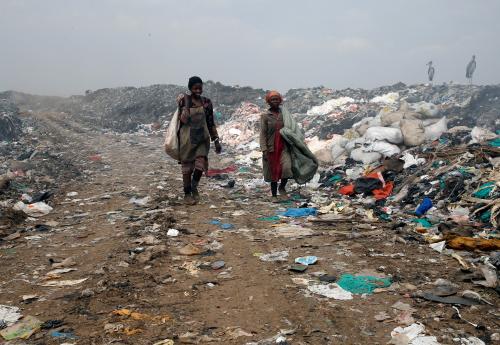

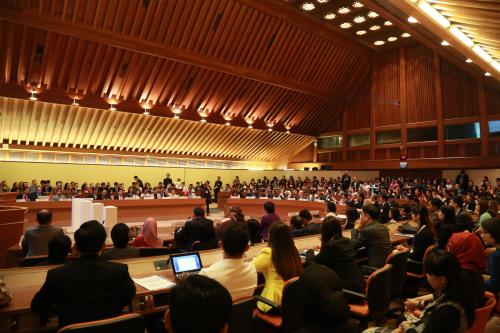
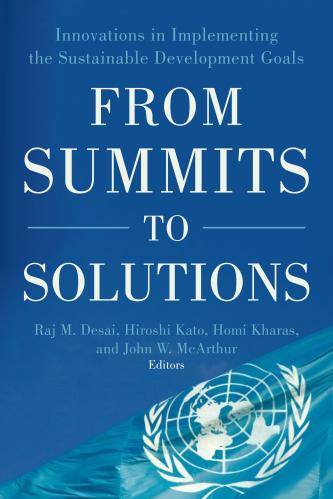
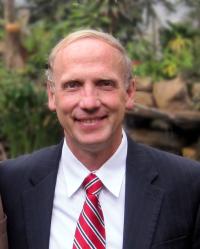


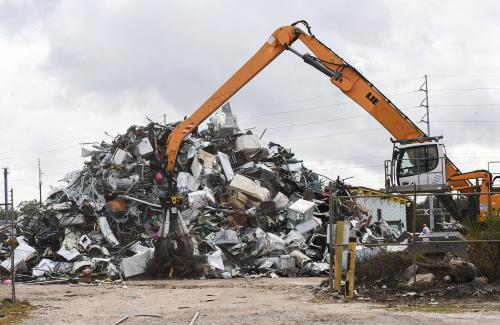
Commentary
Kathmandu sparks momentum on smart, green cities and the SDGs
September 11, 2018